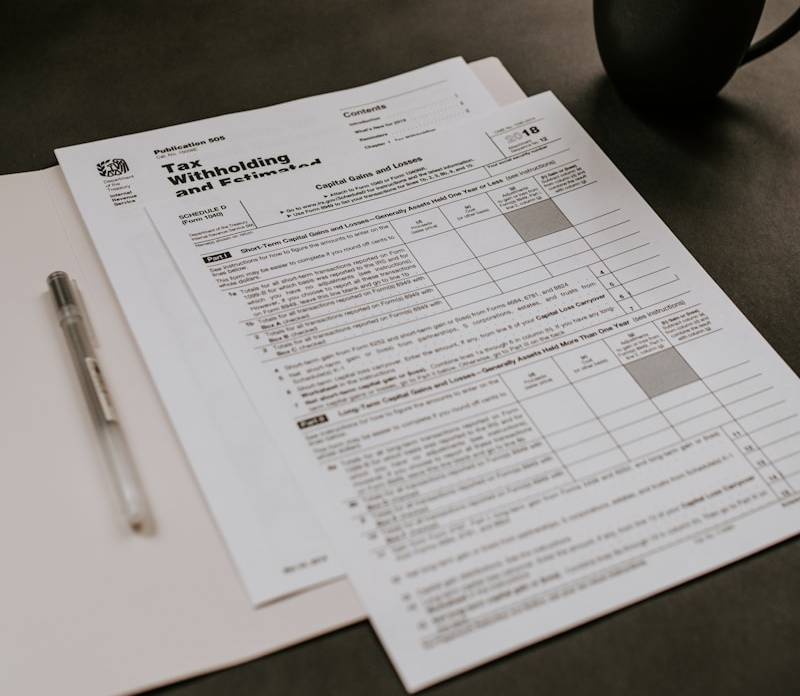Financial analysts in India have determined that taxpayers need a minimum of ₹4 lakh in deductions to make the
old tax regime financially advantageous over the new tax structure introduced in ITR 2025. This finding challenges the common perception that smaller deduction amounts might still make the old regime beneficial.
The analysis comes as taxpayers prepare for the upcoming filing season and weigh their options between the two tax regimes. The threshold represents a clear decision point for individuals trying to optimize their tax strategy.
Understanding the ₹4 Lakh Threshold for India
Tax experts have calculated that deductions totaling less than ₹4 lakh generally do not provide enough tax savings to offset the lower tax rates offered in the new regime. This creates a definitive benchmark for taxpayers to consider when making their selection.
The old tax regime allows for various deductions and exemptions that can reduce taxable income, including investments under Section 80C, health insurance premiums, and home loan interest. However, these benefits must reach the ₹4 lakh mark to outweigh the simplified structure and reduced rates of the new system.
“The ₹4 lakh figure represents the break-even point where the mathematical advantage shifts from one regime to the other,” a tax professional familiar with the analysis explained. “Below this threshold, most taxpayers would be leaving money on the table by choosing the old regime.”
Implications for Different Income Groups
This threshold has different implications across income brackets. For high-income earners, reaching ₹4 lakh in deductions may be relatively straightforward through a combination of investments, insurance premiums, and home loan interest payments. For those in lower or middle-income brackets, however, this threshold may be difficult to achieve.
The finding is particularly relevant for:
- Salaried employees with home loans who can claim interest deductions
- Individuals with significant investments in tax-saving instruments
- Taxpayers with major medical expenses or insurance premiums
- Self-employed professionals with business-related deductions
Data-Driven Decision Making
The ₹4 lakh threshold was determined through a comprehensive analysis of tax calculations across various income levels and deduction scenarios. This rational approach to tax planning moves beyond general advice to provide a specific guideline for taxpayers.
For example, in India — a taxpayer earning ₹15 lakh
annually with ₹3 lakh in deductions would still pay less tax under the new regime despite forgoing those deductions. Only when deductions exceed the ₹4 lakh mark does the old regime typically become more advantageous.
“Many taxpayers assume that having any deductions at all makes the old regime better, but that’s not mathematically accurate,” noted a financial advisor. “The new regime’s lower rates create a higher barrier than most people realize.”
Planning for ITR 2025
As taxpayers prepare for ITR 2025, financial experts recommend a
personalized calculation rather than making assumptions based on general advice. While the ₹4 lakh threshold serves as a helpful guideline, individual circumstances may affect the final determination.
Tax professionals suggest that individuals who are close to the threshold should consider whether additional tax-saving investments might push them over the line, making the old regime more beneficial. Conversely, those far below the threshold might focus on simplifying their tax approach by embracing the new regime.
The finding also highlights the importance of maintaining proper documentation of all eligible deductions for those who opt for the old regime, as the tax benefit only materializes when these deductions are properly claimed and verified.
As the tax filing season approaches, this clear threshold provides a rational basis for what has often been a confusing choice for many taxpayers, allowing for more informed financial
planning and potentially significant tax savings.







